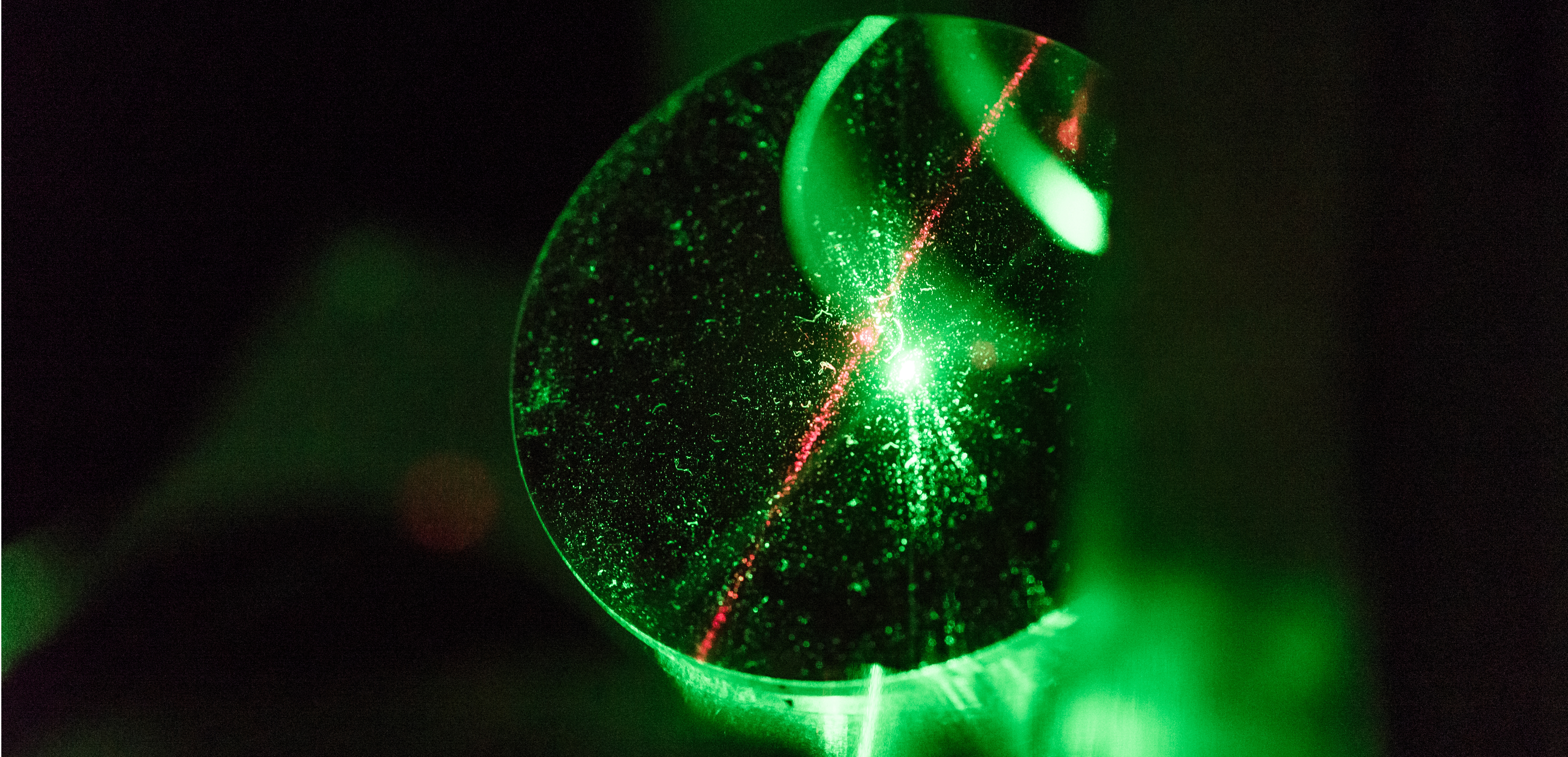In 2013 the EU commission designated research on graphene as one of its “flagships” – research areas given high priority. LiU researchers are participating in this work, and one of their early breakthroughs was a method to grow graphene on silicon carbide. High-quality graphene is now manufactured on an industrial scale by Graphensic AB, a spin-off company from the university.
In the Terahertz laboratory at LiU researchers are studying electron transport and the properties of graphene and other two-dimensional materials. The aim is to construct electronic circuits and processors that work at terahertz frequencies, and in this way create processors, for example, that operate thousands of times faster than current processors.
The structure of two-dimensional materials is also studied in the state-of-the-art electron microscope Arwen at LiU at extremely high resolution. Two examples are graphene and MXene.
Graphene is also being studied by several research groups for applications such as sensors, bioelectronics, and many others. More information is available through links below.


